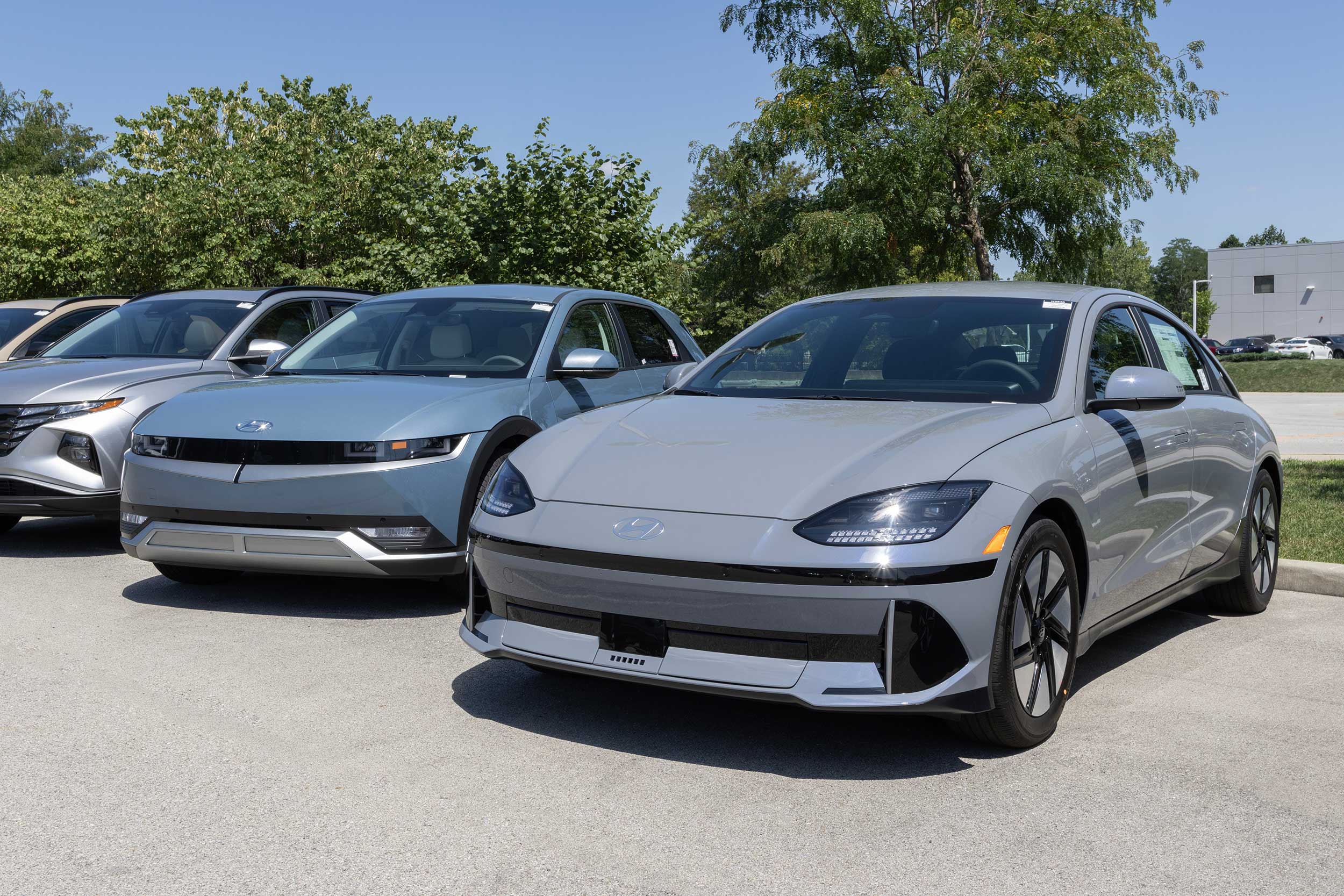One-liners tend to catch fire during major elections. This cycle has served up a healthy ration of anti-EV rhetoric, including claims that battery-powered cars are unreliable, unaffordable, and impractical. Most of it doesn’t hold up, but these jabs can stoke existing worries for drivers considering an EV—and even current owners.
For more insights and tips about addressing the climate crisis
SUBSCRIBE to the one5c newsletter here
“I think the challenge with EVs is that it’s not always immediately obvious why they could be a better solution,” says Rebecca Lindland, Senior Director of Industry Data and Insights for Cars.com. “For the majority of people, it probably suits 90% of their daily driving needs.”
That knowledge gap puts EV advocates on the defensive. We don’t have to pretend that this isn’t a complex issue or that there aren’t real environmental challenges (mostly on the supply chain and manufacturing side) that automakers, battery companies, and recyclers need to work out. But many of the go-to “gotchas” about EVs are becoming less and less true by the day.
Here’s a script you can use to rebut them quickly and effectively.
If they say: EVs are expensive
You say: Let’s get one thing straight: New cars are never “cheap.” The average fresh-off-the-lot ride in the U.S. of any type is about $48,000. There are plenty of EVs with stickers well below that mark: A Tesla Model 3 starts at $38,990, and even shiny new models like Volvo’s EX30 start in the mid-30s. The average price of a used EV is $27,800—only $800 higher than a pre-loved gas-powered car. Topping off an EV is also cheaper: An e-gallon costs $1.41 on average, compared to $3.15 for an equivalent amount of gasoline.
If they say: EV range is too short
You say: How often are you road tripping? Be honest. The U.S. Department of Transportation’s Federal Highway Administration says Americans drive 13,476 miles a year, or about 37 miles per day on average. Even the 2013 Fiat 500e’s relatively measly 87-mile range can handle that—and change. Range is constantly on the rise, too: In 2023, the average was 300 miles, up from 291 miles the year before.
If they say: The EV charging network stinks
You say: This is a work in progress, absolutely. By the end of last year, the U.S. Department of Energy tallied around 140,000 public charging ports in the U.S., which is about one-third of what the government says we need. But consider this: An EV can get a little extra range from a standard 120-volt outlet. Not everyone has off-street parking and the ability to run a cord to their car, but local advocacy could charge that very quickly.
If they say: EVs are worse for the planet than gas cars
You say: . EVs start with a bigger carbon impact than gas-powered cars, but most make up for it within a couple of years. On the road, EVs perform better in terms of carbon output––according to the Department of Energy. Even on the filthiest energy mix, electrons beat out petrol. In Mississippi, the state with the fewest renewables on its grid, powering up an EV produces about one-quarter of the emissions of a gas-powered equivalent. Essentially, internal combustion cars are generating emissions twice: once in the production and distribution of fuel, and once burning it up to go vroom.
If they say: EVs are ugly
You say: In the past, EVs were quirky, strange little vehicles that purposely signaled their eco-presence. Aside from the occasional oddity—Tesla Cybertruck, we’re looking at you—that has fallen out of fashion. Hyundai’s Ioniq 6 has Porsche-like style, and the new BMW i4 M50 is as sleek as any other car in the automaker’s lineup. Porsche Cars North America’s new CEO has even said it’s time to ditch EV identifiers in both name and style, making the green machines the new normal instead of the outlier.
If they say: EVs are unsafe
You say: There’s no reason an EV would be any less safe than a traditional car. All passenger vehicles go through stringent testing, whether they’re gas-powered, hybrid, or electric. On top of that, EV batteries are subject to their own set of testing standards to prove they’re safe in the cases of overcharge, vibration, extreme temperatures, short circuit, humidity, fire, collision, and water immersion. Several EVs, like Rivian’s R1T pickup, have earned top ratings from the Insurance Institute for Highway Safety. EVs built today also include the latest safety features, like cross-traffic alert and blind spot monitoring.
If they say: Extracting lithium is destroying the planet
You say: Yes, the current practices of extracting lithium and other materials for EVs and their batteries can often be exploitative and damage the surrounding environment, sometimes more so than petroleum extraction. But over the course of their lifetimes, they are still less polluting than gasoline-powered transport. Lithium batteries are also almost fully recyclable. Right now, only 5% of all lithium batteries globally are recycled due to the complexity and costs, but the Biden administration put aside $192 million in new funding to make battery recycling a reality.
Additional reporting by Shreya Agrawal

